Optimal Timing for Culvert Installations
Culvert installations are most effective during periods of moderate weather conditions. Typically, late spring and early fall provide optimal temperatures and soil conditions, reducing installation challenges. Avoiding extreme cold or heat helps ensure proper curing and structural integrity.
Spring offers milder weather, making it easier to work with soil and equipment. It minimizes delays caused by frozen ground or heavy rains.
Fall provides cooler temperatures that help with curing processes. It also allows for timely completion before winter weather sets in.
High summer temperatures can cause rapid drying and cracking, while winter cold can freeze soil and delay work.
Consistent rainfall can impact excavation and backfill processes, so dry periods are preferable for installation.
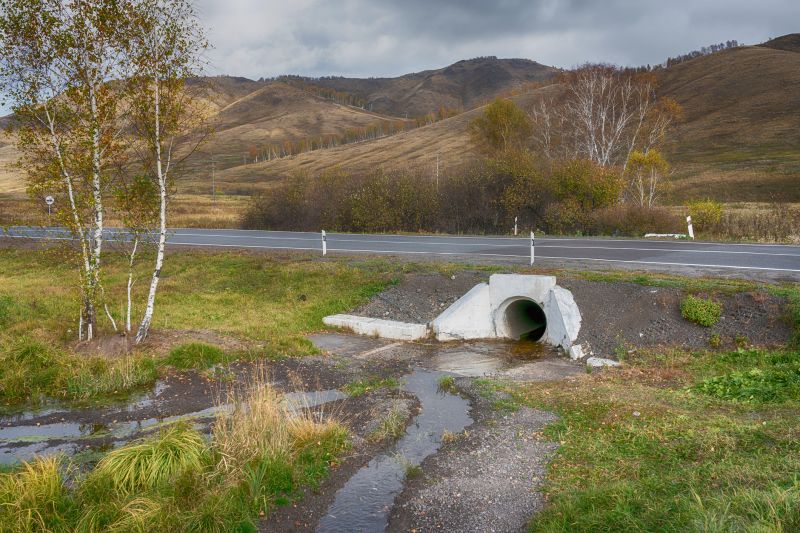
Ways to make Culvert Installations work in tight or awkward layouts.

Popular materials for Culvert Installations and why they hold up over time.
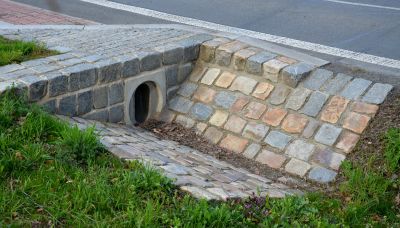
Simple add-ons that improve Culvert Installations without blowing the budget.
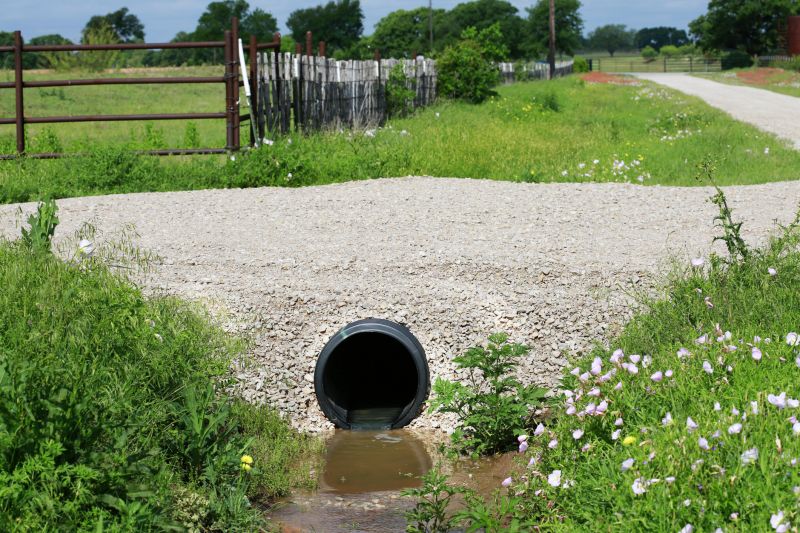
High-end options that actually feel worth it for Culvert Installations.
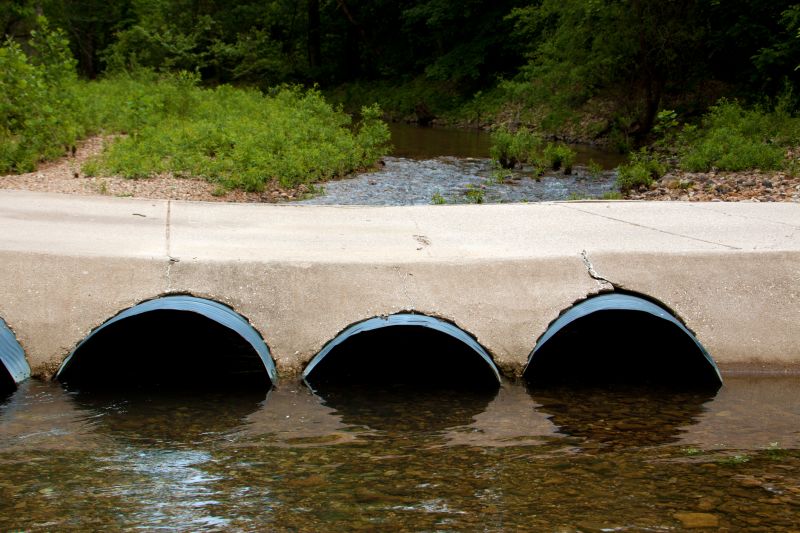
Finishes and colors that play nicely with Culvert Installations.
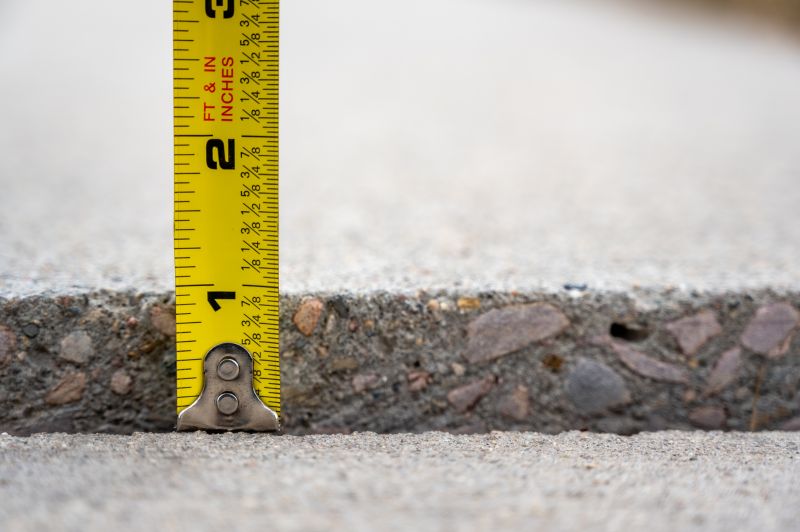
Little measurements that prevent headaches on Culvert Installations day.
Culvert installations involve placing structures beneath roads, pathways, or fields to facilitate water flow and drainage. Proper timing ensures minimal disruption to existing infrastructure and optimal soil conditions. These installations are critical for preventing erosion, flooding, and waterlogging, especially in areas prone to heavy rainfall or rapid snowmelt.
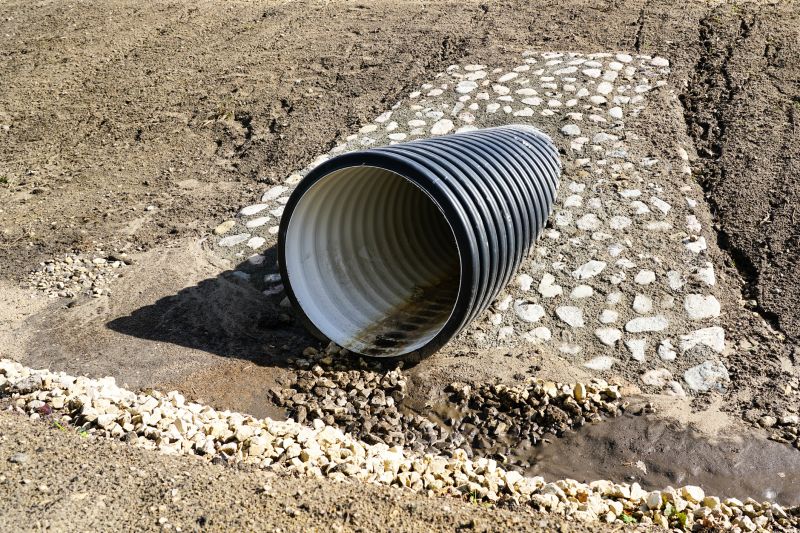
A 60-second routine that keeps Culvert Installations looking new.

A frequent mistake in Culvert Installations and how to dodge it.
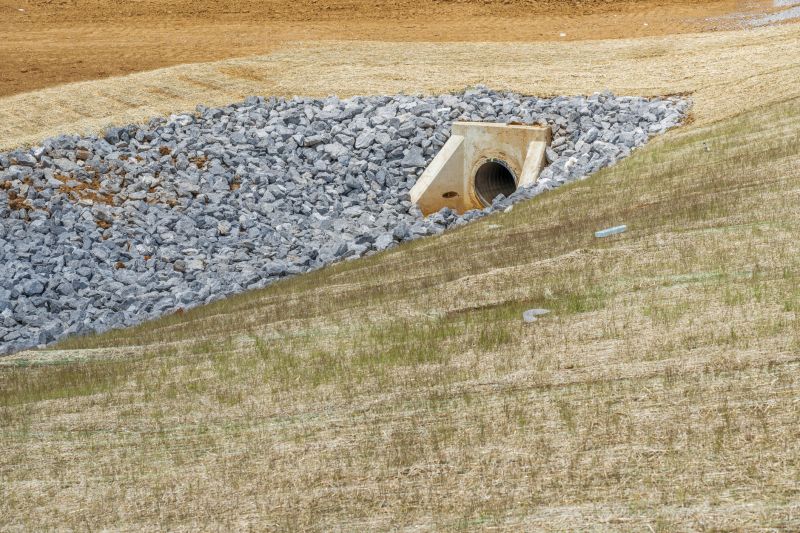
Small tweaks to make Culvert Installations safer and easier to use.

Lower-waste or water-saving choices for Culvert Installations.
| Season | Ideal Conditions |
|---|---|
| Spring | Moderate temperatures, moist soil, minimal rainfall |
| Summer | High temperatures, potential drought, risk of cracking |
| Fall | Cooler weather, stable soil, good curing conditions |
| Winter | Frozen ground, soil instability, delays in installation |
Timing culvert installations during suitable seasons can improve project outcomes, reduce costs, and extend the lifespan of the infrastructure. Planning around weather patterns and soil conditions is essential for successful installation and long-term durability.

The short, realistic tool list for quality Culvert Installations.
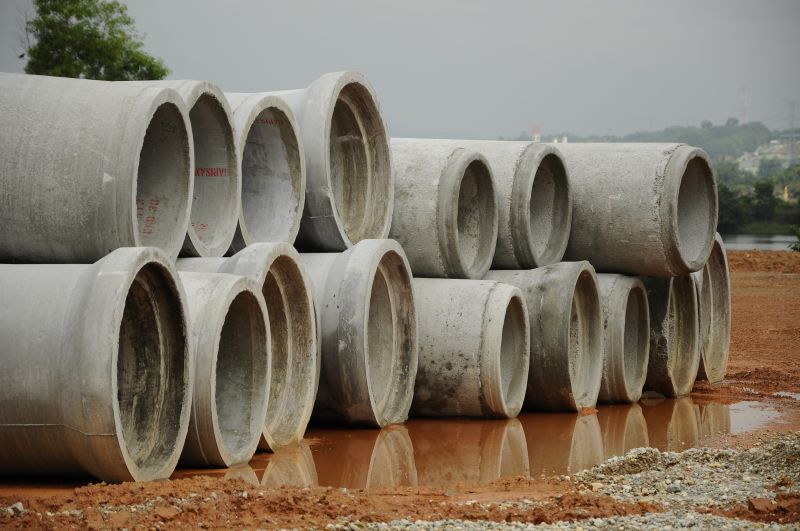
Rough timing from prep to clean-up for Culvert Installations.

Quick checks and paperwork to keep after Culvert Installations.
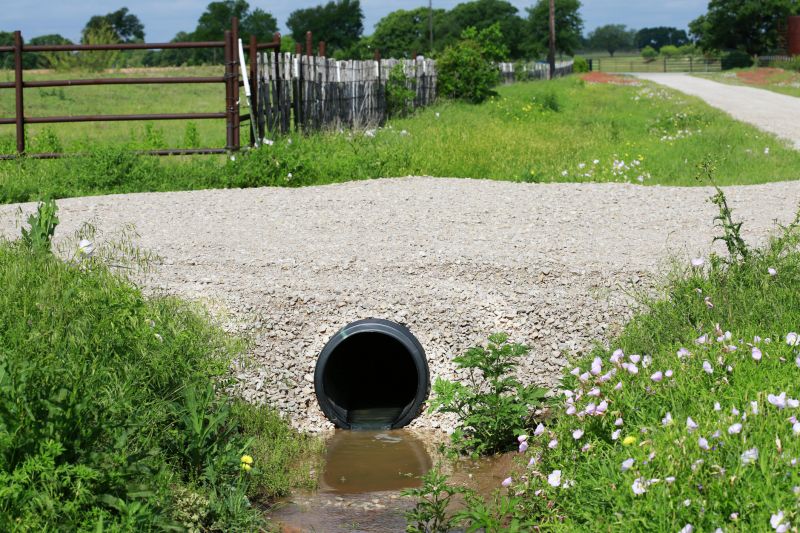
Examples that show the impact a good Culvert Installations can make.

Ways to make Culvert Installations work in tight or awkward layouts.
Interested in culvert installations? Filling out the contact form can provide more information and help plan the most suitable timing for upcoming projects.



